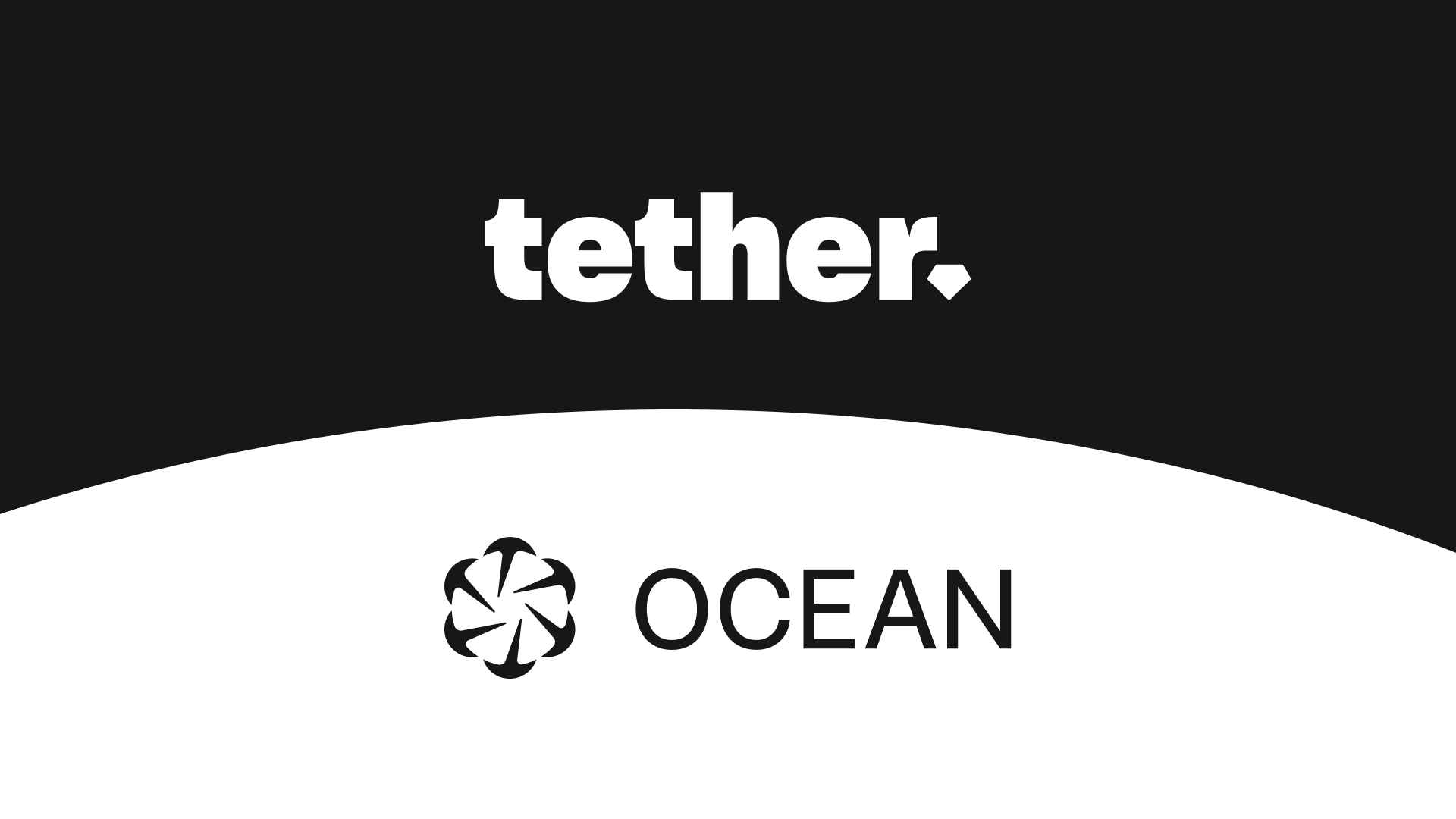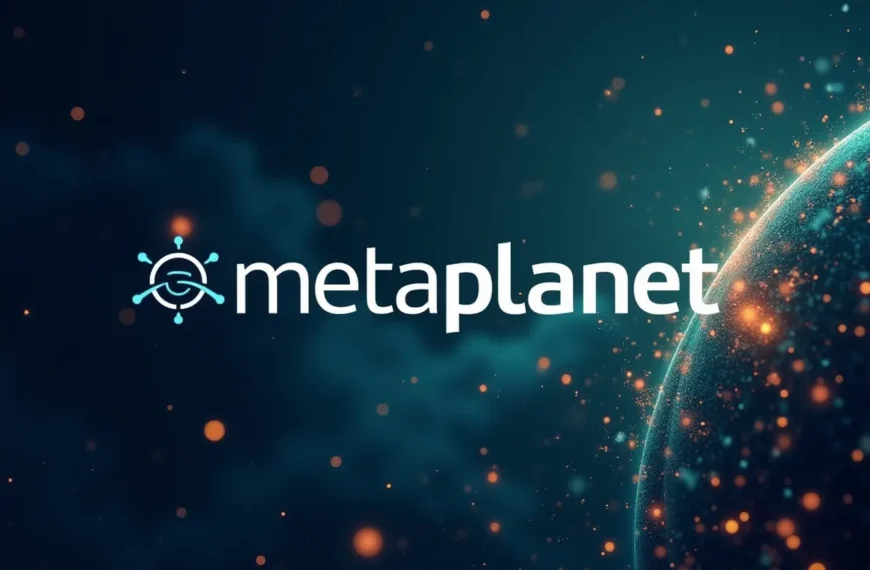Tether Expands Decentralized Bitcoin Mining with OCEAN Hasrate Deployment
Tether, one of the leading stablecoin providers in the cryptocurrency industry, is taking significant steps to enhance decentralized Bitcoin mining infrastructure through its latest initiative involving the deployment of hashrate on the OCEAN platform. This move aims to revolutionize the way Bitcoin is mined, making it more accessible and efficient for users worldwide. In this blog post, we will delve into the implications of Tether’s decision and what it means for the future of decentralized mining.
Understanding Decentralized Bitcoin Mining
Bitcoin mining is the process by which new bitcoins are created and transactions are verified on the blockchain. Traditionally, this process has been dominated by large mining pools and companies, leading to centralization concerns. However, decentralized Bitcoin mining aims to distribute this power among more participants, which can lead to increased security and fairness in the network.
The primary benefits of decentralized Bitcoin mining include:
- Increased Security: Decentralization reduces the risk of a single point of failure, enhancing the overall security of the network.
- Accessibility: It allows more individuals to participate in mining, democratizing the process and distributing rewards more evenly.
- Efficiency: By utilizing smaller mining operations, energy consumption can be optimized, leading to a greener approach to Bitcoin mining.
Tether’s Vision for Decentralized Mining
Tether’s decision to deploy hashrate on the OCEAN platform aligns with their mission to foster a more decentralized financial ecosystem. By investing in decentralized mining infrastructure, Tether is not only supporting the Bitcoin network but also empowering users to engage in mining activities without the need for significant upfront investments in hardware and electricity.
The OCEAN platform, known for its focus on decentralized data sharing and monetization, provides an innovative environment for Tether’s hashrate deployment. This collaboration is expected to yield multiple advantages:
- Scalability: The deployment can scale to meet the demands of a growing user base, accommodating more miners as interest in decentralized mining rises.
- Interoperability: OCEAN’s architecture allows for seamless integration with various blockchain technologies, promoting flexibility and innovation within the mining sector.
- Community Engagement: By leveraging OCEAN’s decentralized framework, Tether can engage with a broader community of miners, fostering collaboration and shared success.
The Role of Hashrate in Mining
Hashrate refers to the computational power used to mine and process transactions on the Bitcoin network. Higher hashrate contributes to faster transaction verification and increases the chances of earning mining rewards. With Tether’s hashrate deployment on the OCEAN platform, the company aims to enhance the overall efficiency of Bitcoin mining by allowing users to access and utilize hashrate without the need for expensive equipment.
This deployment can significantly lower barriers to entry for new miners, enabling them to participate in the Bitcoin ecosystem without facing the traditional hurdles of capital investment and technical expertise. As the demand for Bitcoin continues to rise, providing access to hashrate becomes essential to ensuring the network’s sustainability and growth.
Implications for the Cryptocurrency Market
Tether’s initiative to deploy hashrate on the OCEAN platform may have far-reaching implications for the cryptocurrency market. Here are some potential outcomes:
- Encouragement of Innovation: By promoting decentralized mining practices, Tether’s move could inspire other companies to explore similar initiatives, leading to a surge in innovative solutions within the space.
- Increased Adoption: As more individuals gain access to mining, the overall adoption of Bitcoin could increase, driving up interest and investment in the cryptocurrency market.
- Focus on Sustainability: With a growing emphasis on energy-efficient mining practices, Tether’s deployment may pave the way for more environmentally friendly approaches to cryptocurrency mining.
Challenges Ahead
Despite the promising outlook of Tether’s hashrate deployment, several challenges remain in the quest for a fully decentralized Bitcoin mining ecosystem:
- Regulatory Scrutiny: As with any cryptocurrency initiative, Tether’s actions may attract regulatory attention, which could impact the deployment and its effectiveness.
- Market Volatility: The cryptocurrency market is notoriously volatile, and fluctuations in Bitcoin prices can influence the profitability of mining operations.
- Technical Hurdles: Ensuring seamless integration with existing blockchain technologies and maintaining network stability will require ongoing technical expertise and resources.
The Future of Bitcoin Mining
With Tether’s groundbreaking hashrate deployment on the OCEAN platform, the future of Bitcoin mining looks promising. By promoting decentralization and accessibility, Tether is positioning itself as a key player in the evolution of the cryptocurrency landscape. As the initiative unfolds, it will be crucial to monitor its impact on the broader market and the ongoing development of decentralized mining practices.
In conclusion, Tether’s expansion into decentralized Bitcoin mining through OCEAN hashrate deployment signifies a major step towards creating a more inclusive and efficient mining ecosystem. As the industry continues to evolve, such initiatives will play a vital role in shaping the future of cryptocurrency and empowering users around the globe.






